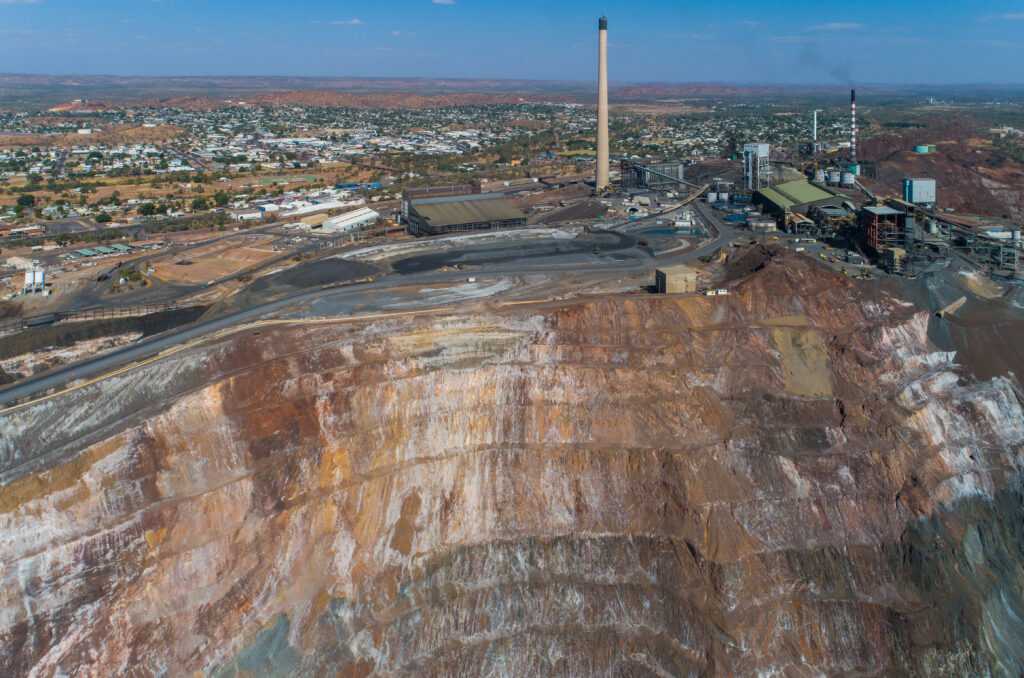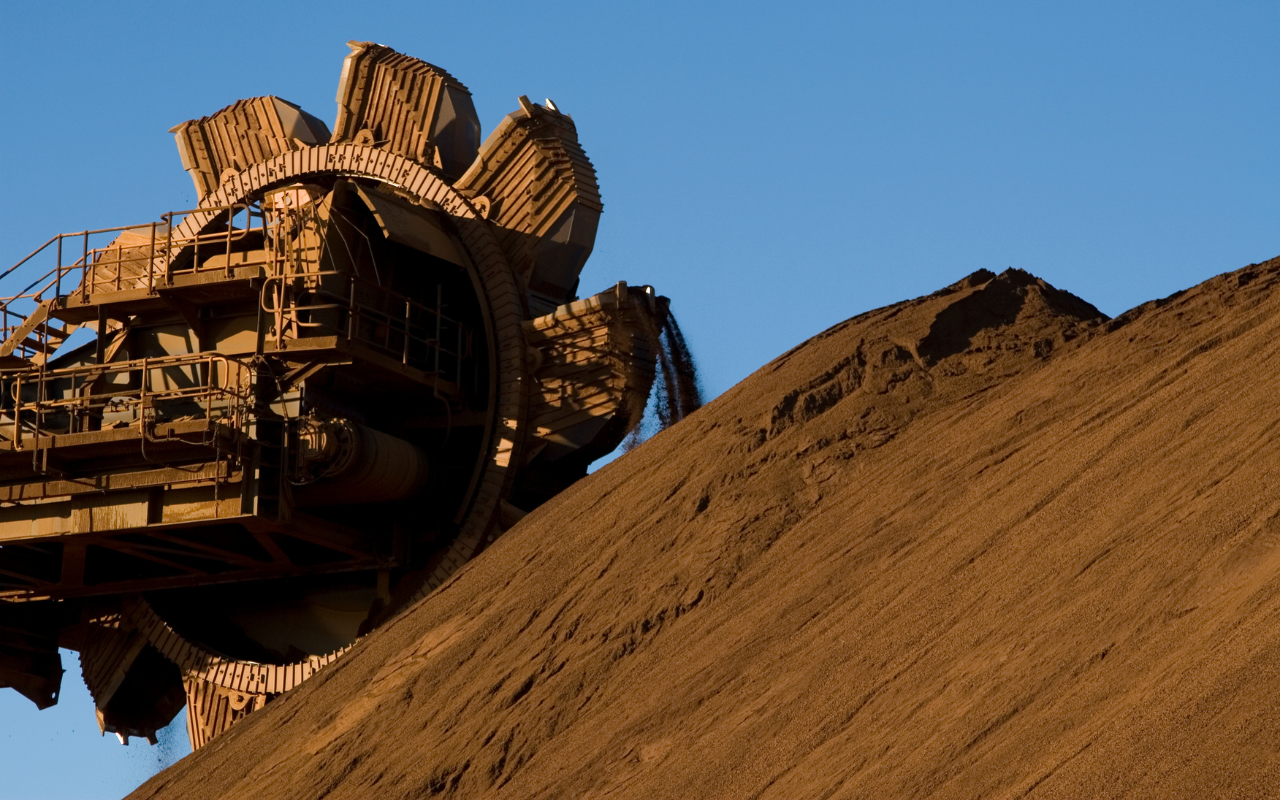More research is needed to better understand the health impacts of Australia’s mining industry on the general population.
A narrative review published in the Medical Journal of Australia has examined the public health impacts of mining in Australian communities.
Dr Javier Cortes-Ramirez of the University of Queensland and co-authors found that most research in Australia has focused on the health impacts of mining on workers, and information on the health impacts on the general population is lacking, despite growing international evidence of its harms.
“Mining activities have long been linked to health loss among occupationally exposed populations, leading to significant strengthening of workplace health and safety regulations,” Dr Cortes-Ramirez and co-authors wrote.
“However, non-occupational research is revealing increasingly robust evidence of both direct and indirect health risks, which are consistent with known emissions of toxic chemicals into the air, water and land during extraction, transportation and processing of mined materials.”
“Limited epidemiological research in communities in mining areas in Australia hinders a comprehensive understanding of the public health impacts of mining, especially because of the magnitude and extent of mining activities in almost every Australian state and territory.”

The human impacts of mining
In 2023, there were approximately 719 mines extracting solid materials across Australia.
The byproducts of mining are associated with health impacts in the general population, with women and children in mining areas being especially vulnerable.
Children in gold mining areas of Victoria were found to have high toenail arsenic concentrations, while the general population in these areas had a higher risk of all cancers.
Populations living near zinc–lead–silver mining were found to have high concentrations of lead in blood, urine and semen, leading to declining fertility in men, and intellectual disability and impaired immune function in children.
The high particulate matter concentration in coal mining regions is associated with an increased risk of respiratory and circulatory disease in the community.
While gas extraction is a relatively new facet of the mining sector, research shows increased emissions of nitrogen oxides, carbon monoxide, particulate matter, volatile organic compounds and formaldehyde in the regions of gas extraction infrastructure, with an increase in hospitalisations noted.
“The findings of epidemiological and risk assessment studies in Australia coincide with global research in that mining is associated with a higher risk of morbidity and mortality in the general population in the vicinity of these industrial activities,” the authors wrote.
“The analyses of human tissues and samples indicate that neoplastic and non-neoplastic diseases in exposed populations are mediated by a higher concentration of toxic mining byproducts such as cadmium, arsenic, mercury, lead and particulate matter among others.”
An alarming lack of research
The narrative review authors noted a striking scarcity of Australian research studies on the health impacts of mining in communities.
“Despite Australia being the second largest coal exporter globally, with coal being mined for more than a century, the health impacts of coal mining on the general population have been barely investigated,” the authors wrote.
“Despite the undisclosed large volume of chemical mixtures deployed in hydraulic fracturing affecting water aquifers and the air pollution associated with these activities, very few epidemiological studies have investigated the health impacts in exposed Australian communities.”
The authors suggest several reasons for the scarcity, including deficiencies in public health and environmental legal frameworks, inefficient coordination between local and state government, outdated standards and exposure regulations, conflicting political interests, and pro-industry lobbying from the mining industry.
Another aspect missing from research is the impact of mining on the health of Aboriginal and Torres Strait Islander people, where health impacts are compounded by the emotional and spiritual impacts of mining on the Traditional Lands and Seas of Aboriginal peoples.
“All these factors severely affect the capacity of Australia to address the detrimental effects of mining in fair alignment with its economic benefits,” the authors wrote.
“To overcome the multidimensionality of these limitations, it is critical to involve the mining industry, the community, the academic sector and the different levels of government.”
Read the narrative review in the Medical Journal of Australia.
Annika Howells is the sub-editor of the MJA’s InSight+.
Subscribe to the free InSight+ weekly newsletter here. It is available to all readers, not just registered medical practitioners.

 more_vert
more_vert